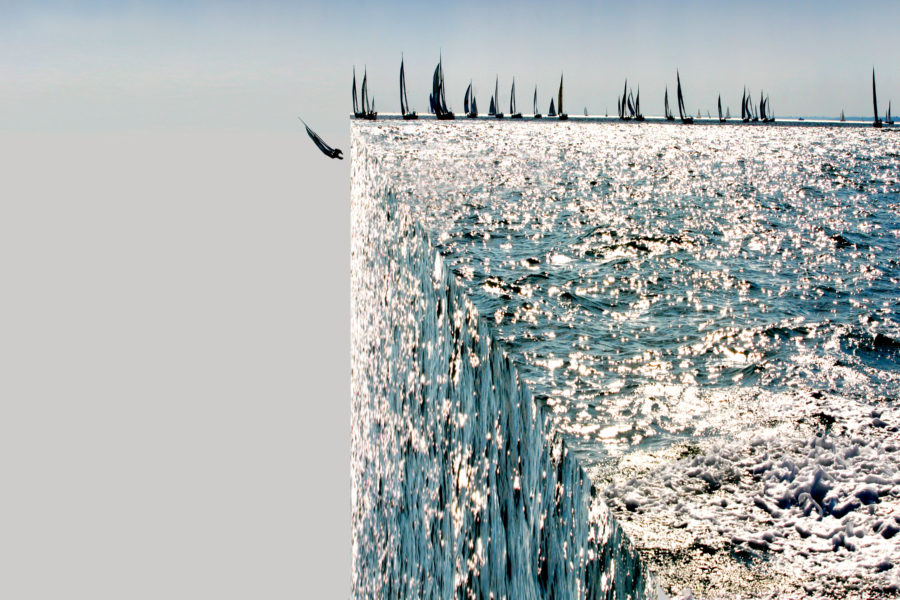Dr Karl’s message to flat-Earthers

Dr Karl Kruszelnicki
Dr Karl Kruszelnicki

They ignore the fact that more than 2000 years ago, Eratosthenes, accomplished Greek scholar and chief
librarian of the magnificent library of Alexandria, measured the circumference of Earth. All he needed was a shadow, a distance, and some primary school maths.
He’d heard that on about June 21 each year (the summer solstice), at the city of Syene (now called Aswan), the Sun would shine all the way down to the bottom of a deep well, casting absolutely no shadow. Aha! he thought. This meant the Sun was sitting directly above Syene.
So, the following year, on that day, at the same time, he measured the shadow at his location in Alexandria (about 850km away, or a month’s easy walk). He found that his stick cast a shadow of about 7.2 degrees, roughly one fiftieth of a complete circle of 360 degrees. (Back then, scientists were pretty good at basic geometry.)
If Alexandria was exactly due north of Syene, all Eratosthenes had to do was measure the distance between the two places, multiply that distance by 50 and bingo! He had the circumference of planet Earth.

There were two problems. First, Alexandria was not exactly north of Syene, but about 20 degrees off to one side – to the west. No biggie; that would introduce a relatively small error.
The second problem was measuring the distance. Luckily, back then, there were people called bematists. A bematist was a professional surveyor who’d been trained to walk in steps of equal length, and also not to deviate to the left or right – to simply to walk in a straight line.
So Eratosthenes hired a few bematists to pace out the distance. They came up with an average distance of about 5000 stadia, which was the diameter of a ‘regular’ stadium.
When Eratosthenes did all the calculations, he arrived at a measurement of the circumference of Earth that was within about 10 per cent of today’s measurements.
Flat-Earthers might be all over the globe, but Earth remains resolutely round!

